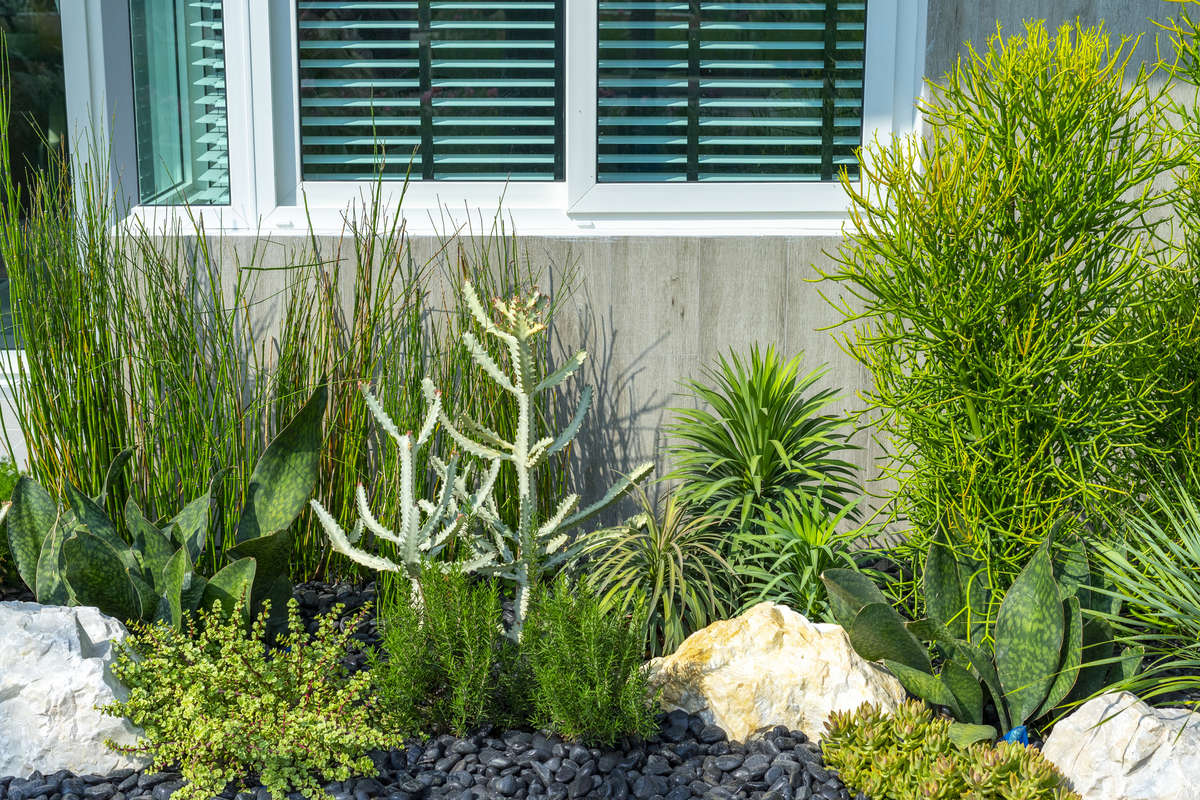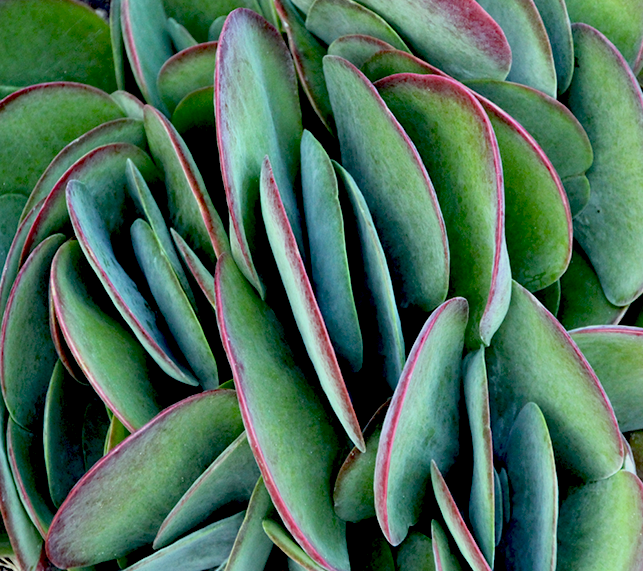
Xeriscaping: The Art of Low-Water Gardening

Xeriscape For Beauty And Sustainability
If you're looking to landscape your garden in a way that is both beautiful and sustainable, xeriscaping may be the perfect solution for you. Xeriscaping, pronounced (zer-i-scaping) is the practice of designing landscapes that heavily reduce the need for irrigation. Typically, these gardens will encompass elements that are easy to upkeep, such as potted and drought-tolerant plants and local natives. This form of landscaping can be especially appealing to people with smaller spaces.

The 7 Principles of Xeriscaping
If xeriscaping sounds like the right fit for you, consider these seven principles when creating your outdoor space.
Planning & Design
Plan. Plan. Plan. We can't say it enough. Planning ensures water-saving techniques are implemented as they were intended. Xeriscaping can be divided into different zones based on water requirements. Creating zones from the highest water use to the lowest will allow you to have a variety of different plants. This is called "hydrozoning". Sketching a rough draft of your space and then zoning it will help you visualize this.
Soil Improvement
Healthy soil is key to getting the best moisture retention. Incorporating organic matter such as compost and manure will help improve its quality. Be sure to use the right soil amendments based on your plant's needs. Too much water retention can drown certain plants. Native plants, for example, don't require a lot of organic matter.
Use Appropriate Plants
Put hydrozoning to work by selecting plants based on similar water and sun needs. Ideally, you will choose a mix of aesthetic plants that are native to your region or thrive in that climate. Mixing different heights, colors, and bloom times will ensure your garden looks great year-round.
Maintain Your Landscape
Maintenance will be similar to a traditional yard in the beginning years but will decrease with time. Initially, you will need to trim back perennials and natives each year, and prune trees and shrubs, as needed. Each year as your garden matures, the more established and self-reliant it will become.
Irrigate Efficiently
It's worth mentioning that xeriscaping does not mean you'll never have to water again. However, it does help us water more efficiently and prevent overwatering. Instead of traditional sprinklers, we recommend using a drip irrigation system that will target water to the roots of plants. Deeply watering the root system regularly will help build healthy root systems.
Appropriate Use of Turf
When we experience low-water cycles (droughts), the talk usually turns to downsizing lawn areas. Traditional grasses are lush and hardy but require a substantial amount of water. Try beautifying your yard in other ways with things such as patios and decks, mulches and gravel, fountains and seasonal pot-ups.
Mulch Matters
Mulch comes in handy when water retention is your goal. Mulch helps prevent evaporation and prevents pesky weed growth. It can also improve the aesthetics of your outdoor space.
Need some help finding plants? Browse our waterwise plant collection.
